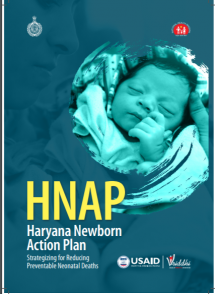1,000 Days for Brain Growth and Development
Alive & Thrive is an initiative in Vietnam aimed at improving infant and young child feeding by increasing rates of exclusive breastfeeding and improving complementary feeding practices.
A series of seven posters were placed in health facilities to reinforce messages received during counseling. They focus on no water in the first six months, exclusive breastfeeding, frequent breastfeeds, timely introduction of complementary foods, feeding iron-rich foods, and the critical 1,000 day window for brain growth and physical development.
This poster reinforces messages about the critical 1,000 day window from pregnancy through the first two years to ensure optimal growth.
Source: Source
Alive & Thrive
Date of Publication: July 20, 2022
SIMILIAR RESOURCES
Tools
Examples
- Maternal Newborn Child Health - Nutrition Quality Improvement Tools
- Infant and Young Child Feeding Recommendations When COVID-19 is Suspected or Confirmed
- Questions and Answers about Breastfeeding and COVID-19
- Community Communication MNCH e-Manual: Participatory Health Promotion Sessions
- Evidence to Action (E2A) Project's First-Time Parent Framework
- Beyond the ABCs of FTPs: A Deep Dive into Emerging Considerations for First Time Parent Programs
- Factors Impacting Use of Health Services by First-time/Young parents: A Formative Research Toolkit
- “Because my Husband and I Have Never Had a Baby Before…” Results and Lessons from Interventions with First-Time Parents in Madagascar, Mozambique, and Nigeria
- SBCC for Malaria in Pregnancy: Strategy Development Guidance
- Engaging the Private Sector in Maternal and Neonatal Health in Low and Middle Income Countries







